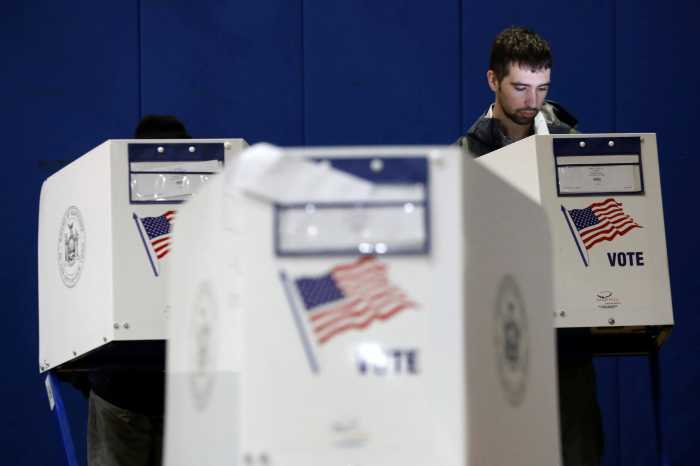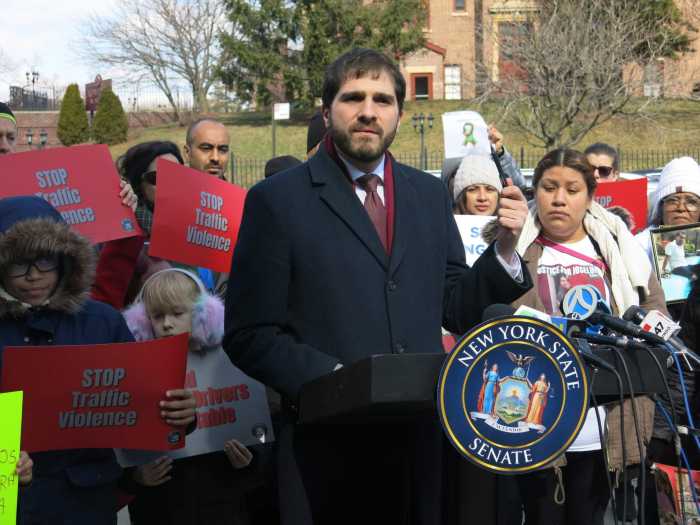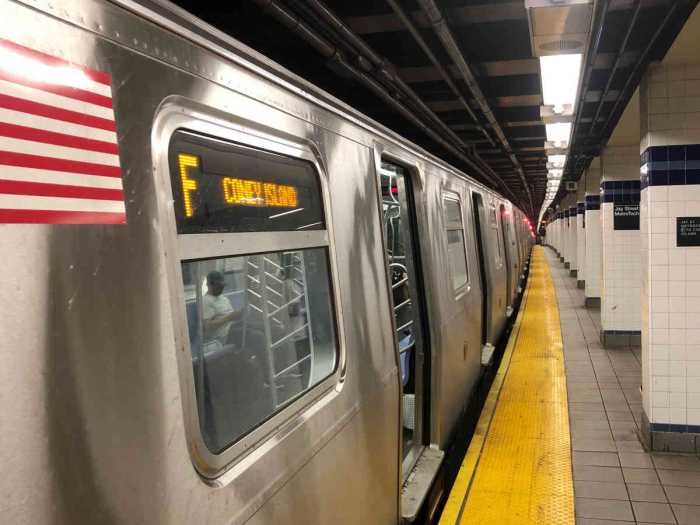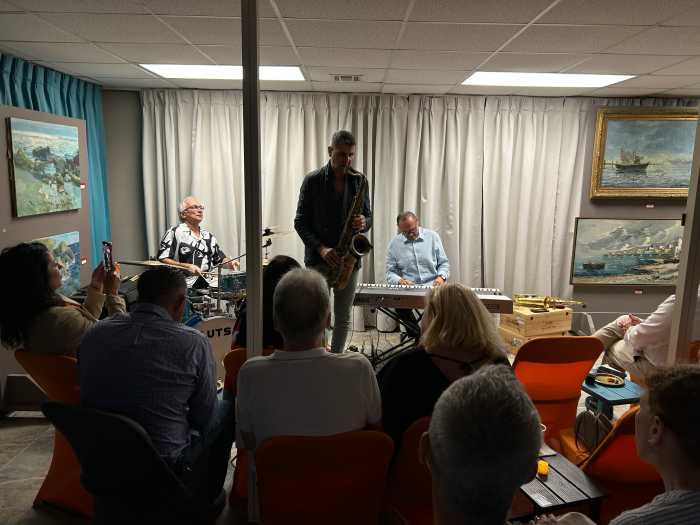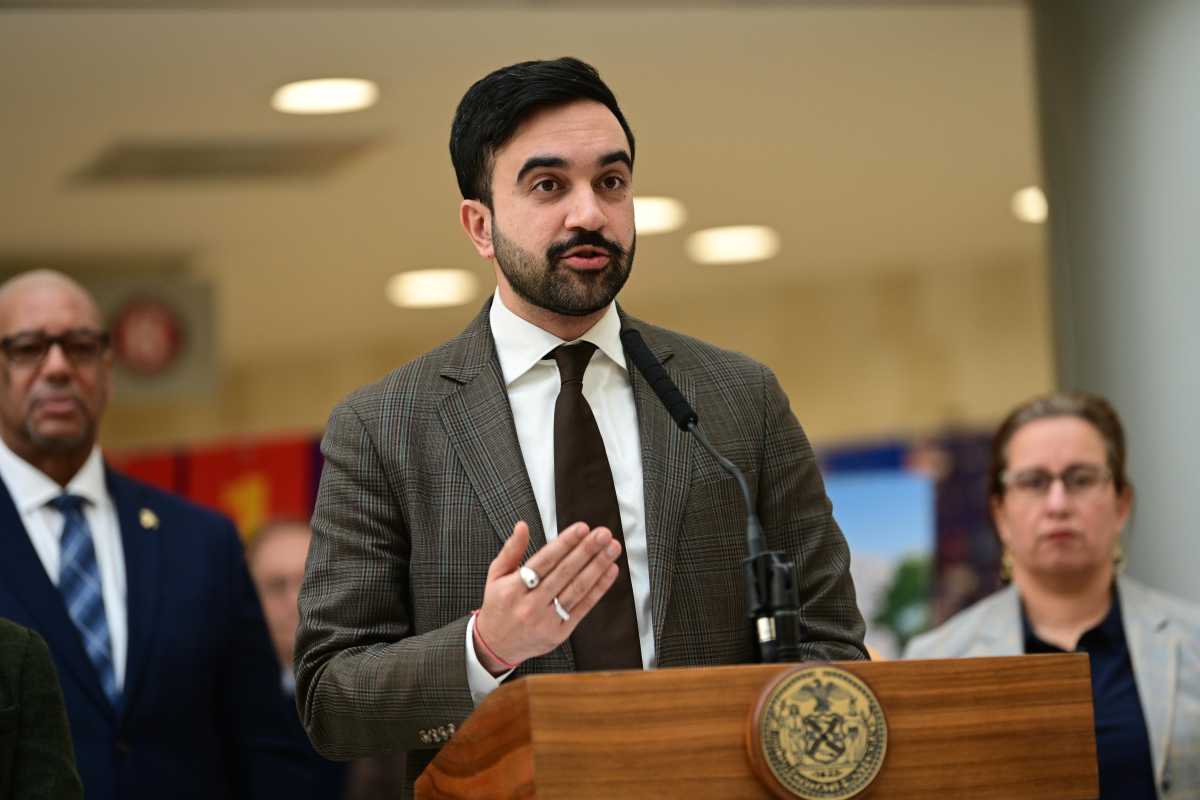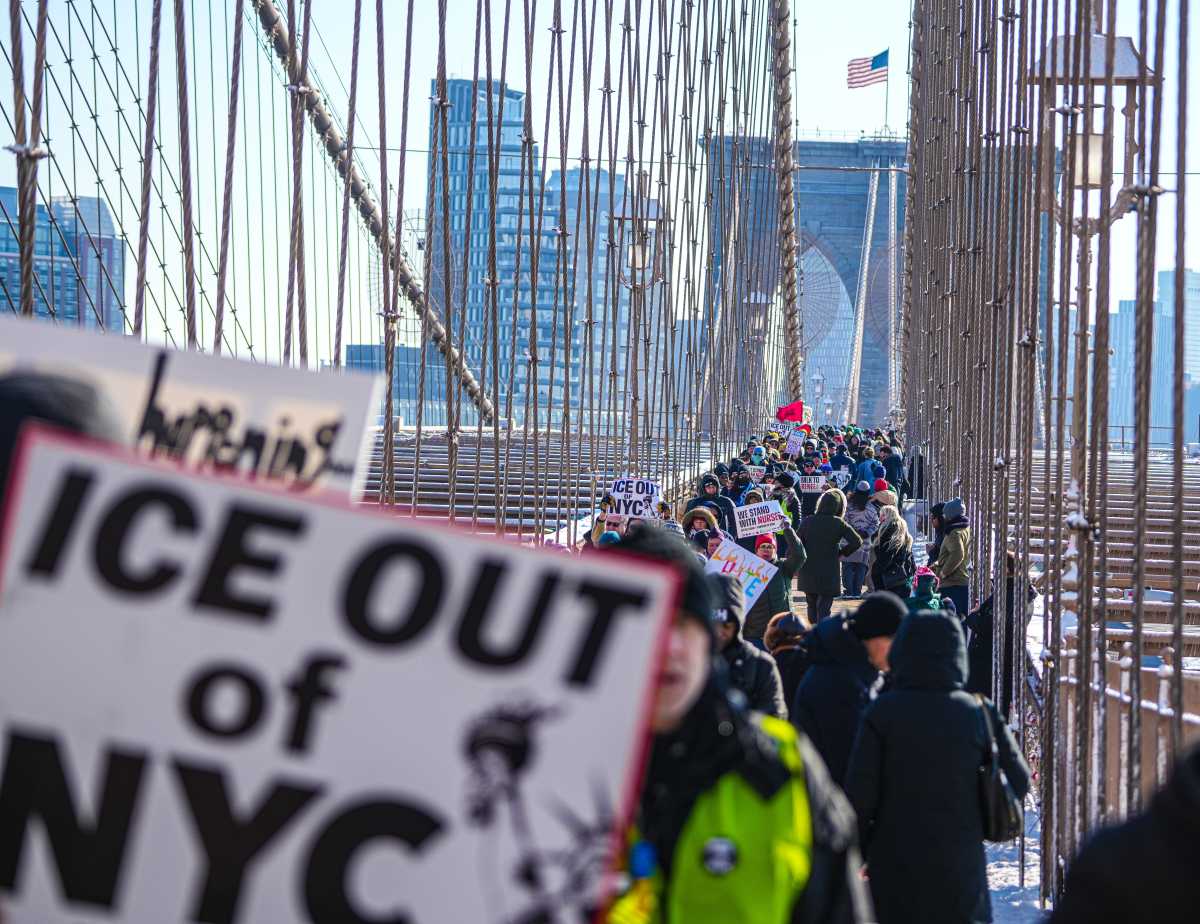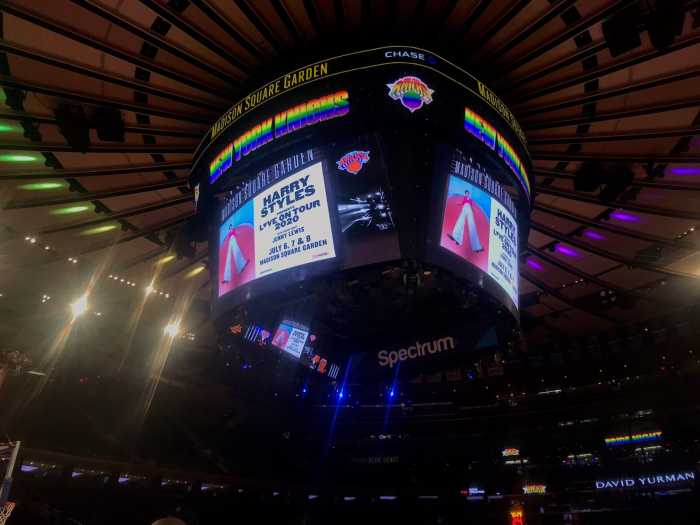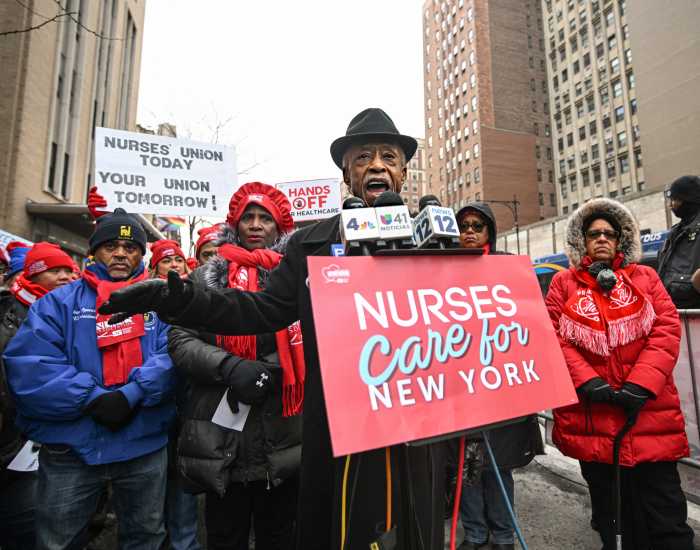The State Legislature on Tuesday released its newly proposed district boundaries for State Senate and Assembly seats, which will likely change Albany politics for the coming decade, and give Brooklynites more say in the state government.
Like the new Congressional seats, released earlier this week, the new state legislative districts were drawn up by the Democratic majority controlling both chambers in Albany, with the apparent intention of gerrymandering a tight grip on power in the State Capitol for the party and a secure hold on power for incumbents.
Through complex cartographic maneuvers, some of Brooklyn’s legislators will see their constituencies change. In Brooklyn, the Senate map has changed quite drastically, similarly to the Congressional map, while the Assembly map stayed mostly the same.
You can check out the changing district lines for yourself using a variety of methods, including the official one, the NYS Legislative Task Force on Demographic Research and Reapportionment (abbreviated LATFOR, for some reason), but we recommend Redistricting & You: New York by the mapping service of the Center for Urban Research at the CUNY Graduate Center, which provides an easy sliding bar to see exactly how the old and new boundaries differ.
State Senate
Lots of changes are coming to Brooklyn’s Senate district boundaries. Probably the most notable change can be seen in Senate District 22, currently represented by Democrat Andrew Gounardes. The current District 22 is anchored in Bay Ridge and Dyker Heights, and continues eastward in a nutty fashion to cover parts of Bensonhurst, Gravesend, Sheepshead Bay, Marine Park, and Gerritsen Beach. Historically a Republican stronghold, it was represented by Marty Golden in Albany from 2003 until 2018, when he was dethroned by Gounardes in an extremely close race; Gounardes would go on to defend his seat in another close race in 2020.
The old district was drawn in 2012, when control of Albany was split on a partisan basis, and Gounardes has acknowledged that it was “intentionally drawn to politically benefit my predecessor” while calling for an end to gerrymandering. The new district, however, appears gerrymandered to benefit Gounardes: it now covers a smaller share of south Brooklyn, stopping before Sheepshead Bay, and instead stretches northward through Sunset Park until capturing a blob of Gowanus and Boerum Hill, both neighborhoods far friendlier to Democrats. The new district lines will likely provide the Democratic Party a more secure hold on the seat, as Republican or swing voters in south Brooklyn are replaced by more-reliably-Democratic brownstone Brooklyn constituents.
A spokesperson for Gounardes did not respond to a request for comment by press time.
Another oddity can be seen in District 23, repped by Diane Savino. Savino is a Democrat, but was formerly a member of the Independent Democratic Conference, a group of breakaway Senate Democrats that caucused with Republicans, giving the minority party control of the chamber for several years. Savino was the only New York City-based IDC member who survived the June 2018 primary, where the other five were dethroned by candidates who promised to caucus with Dems.
Now her district, based in the North Shore of Staten Island with the addition of Coney Island, Brighton Beach, Gravesend, and part of Bensonhurst, is about to get bluer: all of the south Brooklyn sections of the district save for Coney Island and Brighton Beach are gone, replaced by the Sunset Park waterfront, Red Hook, Cobble Hill, Brooklyn Heights, and DUMBO.
The latter neighborhoods were formerly the Brooklyn territory of Manhattan-based Democratic Senator Brian Kavanagh; now, Kavanagh’s district has completely retreated from Brooklyn, allowing him to face a left-flank primary from Assemblymember Yuh-Line Niou entirely on Manhattan turf.
Meanwhile, the residents of northern Greenpoint will be interested to learn that their Senate district is now mostly composed of Queens: Senate District 17 stretches from Greenpoint and Long Island City in the west, all the way to Richmond Hill in the east.
East of Prospect Park, the demarcation between Zellnor Myrie and Kevin Parker’s districts are largely unchanged, but the section of Park Slope in Parker’s district will now be part of Myrie’s SD20; that could bode well for Parker, who is facing a primary challenge from democratic socialist David Alexis, as Park Slope is friendly territory for leftist politics. Myrie, in turn, will lose the Sunset Park portion of his district. Jabari Brisport’s 25th District, meanwhile, will be based almost entirely on his home turf of Bedford-Stuyvesant, with pockets of Prospect Heights, Brownsville, and Williamsburg.
Julia Salazar’s 18th will get more of Williamsburg but is mostly unchanged, as is Roxanne Persaud’s 19th, which adds Gerritsen Beach and loses a portion of Sheepshead Bay, but is largely along the same contours as before. Simcha Felder will likely shift over to the newly rearranged 26th District, which still includes most of Borough Park but now includes more of Midwood, Sheepshead Bay, and Manhattan Beach, taking in an even greater Jewish population to the “Super Jewish” seat allegedly drawn for him in 2012.
Brooklynites will still get to rejoice, however, over the addition of a new, 27th District to Kings County, anchored in Sunset Park and Bensonhurst. The district is 46 percent Asian, so it’s possible it was drawn with the intent of facilitating Brooklyn’s first state legislator from its Asian population of about 373,000. The new seat comes courtesy of population shrinkage upstate, where two Senate seats are being eliminated in favor of the new Brooklyn seat as well as a Hispanic-majority seat in Queens.
The Senate’s makeup is currently 43 Democrats to 20 Republicans, a dynamic that will likely see entrenchment over the coming decade.
State Assembly
Brooklyn’s Assembly seats did not change nearly to the degree that its Senate seats did. The smaller district population in the Assembly plays a part, but it’s probably mostly because the Assembly has historically been under Democratic control, and had a Democratic majority during the last redistricting process in 2012. As such, Assembly district lines have shifted somewhat to reflect population changes over the last decade, but by-and-large, the new districts cover the same population centers as the old ones.
The Senate, meanwhile, was under Republican control at the time of the 2012 redistricting, and the process at that time ; now that power has changed hands, the upper chamber’s leadership redrew its lines in such a way that would institutionalize Democratic control over the body.
Several changes to Assembly borders could be seen on the map in Queens and on Staten Island, and big changes are coming upstate. Brooklynites should check the map to see if the boundary shifts mean they’re in a new district, but most people in Kings County can probably expect to be voting for the same district seat in this year’s primary and general election as they have for the past decade.
Despite what seems like a clearcut case of partisan gerrymandering, Albany Democrats are standing behind their maps: Queens Senator Michael Gianaris, the deputy Minority Leader, told City & State that he is confident in the integrity of the maps.
“We’re very confident this adheres to the current requirements,” Gianaris said, though he noted that he expects the maps to be challenged in court. New York Republican Party Chair Nick Langworthy said on Sunday that the state GOP is “reviewing all of our legal options” regarding the new maps.
The Legislature is expected to vote on the maps as soon as Thursday.



